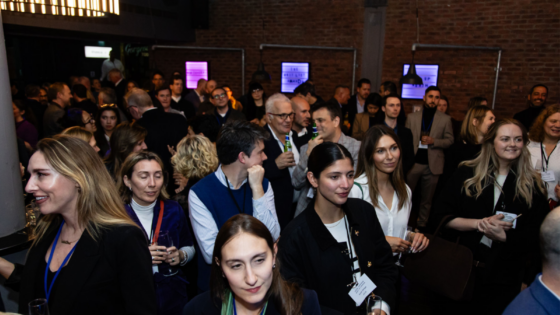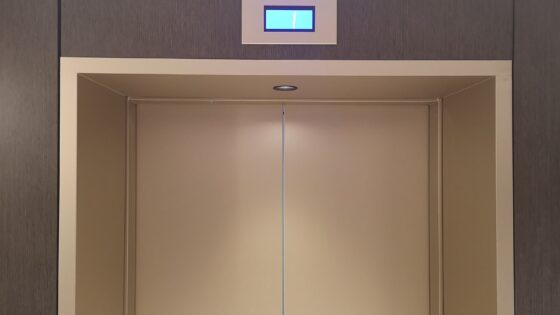Great art captures the mind and stays with you. But how do you brief an art consultant to achieve great art? Harry Pass from Elegant Clutter explains…

We understand that talking about art may, at first, be quite daunting. You might think that you need to have a deep knowledge of art to incorporate it into your project. This just isn’t the case. It’s not necessarily about liking a particular style or being an expert on a particular period or artist. In fact, everything is subjective and knowing what you don’t like is really helpful too. But really, you should focus on how you want people to feel in a particular place.
What kind of experience do you want your guests to have? And how does this fit with your branding? Beautifully crafted artwork can cleverly reinforce and define what your brand story is. These are the some of the jumping off points we use when our team is talking to an architect, designer and/or their client during the consultation stage. An art consultant who knows their craft will help expand this conversation and take the time to develop these areas.

Image caption: Establishing the artwork ‘mood board’ and comparing with other interior finishes. | Image credit: Elegant Clutter
They will also need to understand how important the location of the property is to the final guest experience. Location based research is key as it helps to build an art collection that connects with the unique environment of where the art is on view. Very often, the interior designer will create interior schemes that are inspired by local narratives. Artwork is an opportunity to delve deep into these stories – which ultimately results in layer upon layer of discovery for the guest.
For example, is it an old building that is steeped in history? And if so, do you want that history to be the dominant inspiration for the art collection? When working on a new build project, every area has some story to tell, whether it’s the people that lived there, the industries that developed there, or more whimsical local tales and customs. Researching and unlocking the hidden histories or even the present realities of a space offers rich territory to find that creative spark. For the Radisson Blu in Leeds we worked with Trevillion Interiors to focus on ‘Leeds stories’ reflecting the heritage of this vibrant city. The standout piece was an oversized, spray-painted mural of one of Leeds most famous sons, Peter O’Toole, who gazes down at guests in the lounge.

Image caption: Radisson Blu in Leeds, spray-painted mural of one of Leeds most famous sons, Peter O’Toole. | Image credit: Elegant Clutter
Outstanding artwork projects happen when the art consultant is involved from early stages and is working together with the client, designers and other key contributors such as lighting consultants and branding consultancies. The responsibility to lead the artwork development calls on project management skills as well as creative talent. To go back to the original question, great art requires a team approach but with well-defined responsibilities. A client and interior designer who encourage an experienced art consultant to be creative will help the project become more of a destination – sometimes it’s the wild cards that somehow bring together the space!
While you’re here, why not read this industry insight on the power of art in hotel design?
The art consultant will be able to create detailed art specifications from the developed brief. It’s not simply a case of selecting and creating artwork in isolation. Presentation is make or break and the frame can be just as important as the piece that is framed within. The Hard Rock Hotel in Budapest gave us the most recent opportunity to prove this theory. During our research stage, we discovered that Ernő Rubik was the Hungarian architect and inventor of the famous toy that takes his name. Something about this mass-produced puzzle appealed to our Pop Art loving consultants. We initially didn’t know where this would feature but we eventually created a picture frame using actual Rubik’s Cubes to build the body of the frame.

Image caption: Bespoke Wall Sculpture at Etc Venues Chancery lane. Image credit: Elegant Clutter
Before you engage with an art specialist, you may want to consider what kind of company structure you want to work with and what capabilities you expect. Some consultancies are set up like agencies and it’s mostly about selecting artists with elements such as picture framing and installation sub-contracted to third parties. We work with clients on an end-to-end process with a team of on-site art consultants, designers, artists, picture framers, project managers and manufacturers. Our experience is that this approach allows us to realise more ambitious artwork collections across many types of media. Being an under-one-roof operation, we have also found that it reduces the lead time overall.
Now comes the part that we mostly don’t talk about in public – the fine art of budgeting! The expertise of the art specialist is important at concept stage in this area and can help to establish options for levels of investment. Every project is unique and will have different levels of spend per piece depending on many factors such as variety, volume and whether the work is original, limited edition or open edition. Some of our clients like to invest in both emerging and established original art, allowing the art collection to be an asset that appreciates in value as well as a powerful draw for visitors and guests. Whichever is the preferred route, early budgeting for artwork is advisable.
The last piece of advice we have to offer and perhaps the most important for relationship building in the project – have fun with the art! Art consultancy can be such an enjoyable part of the creative process and a huge amount of energy and enthusiasm is involved in creating this magic ingredient. Solid foundations in contract structure, budgeting and project goals will allow some of the more unpredictable and creative methods to develop an art collection that is more than the sum of its parts.
Elegant Clutter is one of the brands that has taken advantage of our Industry Support Package. To keep up to date with supplier news, click here.
Main image caption: Design Development Proposals for a suspended sculpture at The Circle, Zürich | Image credit: Elegant Clutter




